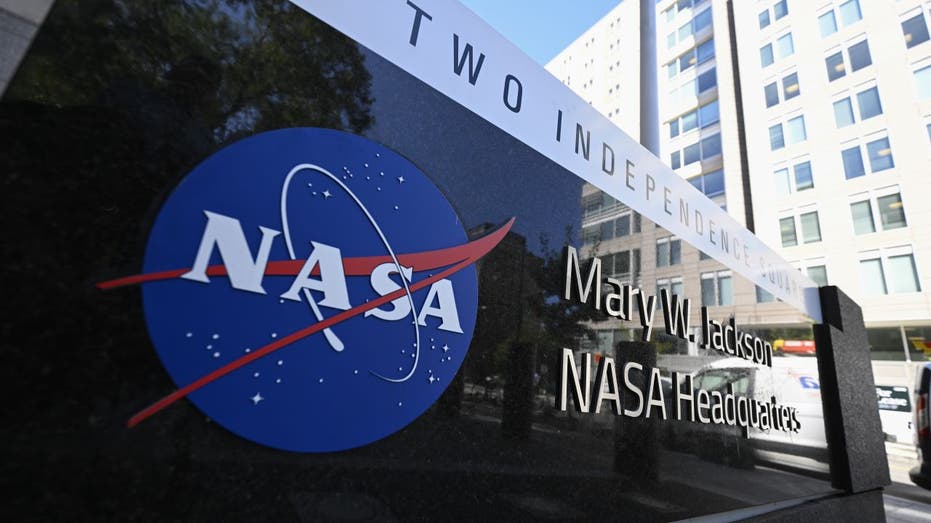The chances of a giant space rock striking the Earth have decreased, but NASA and other space agencies are still devising a plan to obliterate it.
Asteroid 2024 YR4, a recently discovered planetoid, now has a 1.5% probability of making impact with Earth, according to NASA.
Even though the new probability is down from the previously reported 2.6%, and above the initial 1% chance in late January, international agencies are plotting a way to destroy the terrestrial chunk, if need be.
“No one is panicking, but it [is] definitely what we’re talking about in the hallways of NASA,” a project manager at the Kennedy Space Center told the New York Post. “We know we have enough time to act, but now’s the time to start planning. You can’t half-a– this at the last minute.”
As wide as the Statue of Liberty is tall, the asteroid is estimated to be between 130 and 300 feet in width.
If it were to improbably strike Earth in December 2032, the estimated doomsday, about 110 million Earthlings would be at risk.
The chunk would come in hot at roughly 38,000 mph, according to scientists.
It would likely plummet into the eastern Pacific Ocean, northern South America, the Atlantic Ocean, Africa, the Arabian Sea or South Asia.
NEWLY DISCOVERED ASTEROID TURNS OUT TO BE TESLA ROADSTER LAUNCHED INTO SPACE
The likelihood of a strike will fluctuate as astronomers learn more about the asteroid’s path around the sun, and the probability may eventually drop to zero.
NASA and the European Space Agency’s Webb Space Telescope will observe this near-Earth asteroid in March before the object disappears from view. It will come back into view in 2028.
While the asteroid is only classified as a Level 3 out of 10 on an asteroid hazard scale, it remains capable of “localized destruction.”
The alert level is the second highest recorded since 2004 when the asteroid Apophis reached Level 4, according to previous reporting.
Researchers later found that Apophis would safely pass Earth in 2029.
Fox News Digital’s Michael Dorgan, Fox Weather and the Associated Press contributed to this report.
























